So you wanna be a day trader but want to avoid as many fees as possible? Day trading on Robinhood, a self-proclaimed “pioneer of commission-free investing,” probably sounds like the perfect solution.
Maybe you went on Google looking for a broker and came across no-commission Robinhood. You’re thinking, “Done and done! Nailed it SHUT.”
But is it really that easy?
Sorry, but no. There’s a lot more that you should consider before you go with any broker — Robinhood or otherwise.
While the lure of “unlimited commission-free trades” draws in plenty of newbies, it’s important to read the fine print. There could be hidden costs with a broker like this — both direct and indirect.
Choosing a broker is important for any trader, but especially if you want to be involved in the high-speed and high-intensity world of day trading. Execution speed, a reliable platform, and fee structure really, really matter.
Ultimately, which broker you use is your business. But I get SO many DMs and messages from students about Robinhood, so I feel it’s important to share some of what I’ve learned.
This is for all of you who have asked about Robinhood for day trading. In this post, I’ll give you an in-depth look at day trading on Robinhood, including how it works and important restrictions you should know about.
Table of Contents
- 1 What Is Day Trading on Robinhood?
- 2 Day Trading Rules on Robinhood
- 3 How to Use Robinhood for Day Trading
- 4 Is Robinhood Good for Day Trading?
- 5 Disadvantages of Day Trading on Robinhood
- 6 Trading Challenge
- 7 Frequently Asked Questions About Robinhood Day Trading
- 8 The Final Word on Day Trading on Robinhood
What Is Day Trading on Robinhood?
Let’s break this down into two components: day trading and Robinhood.
Day trading refers specifically to trades that you open and close within the same trading day. So, say you’re placing a day trade on Monday, January 13. Within the market hours of this day, you both open and close your position.
Officially, there aren’t overnight holds with day trading. But sometimes it’s worth holding overnight … In this video, I talk about some of the times where it can be a good strategy.
Robinhood is an online brokerage that’s been around since 2013. It made waves when it first opened, branding itself as a commission-free broker. But it’s not necessarily as simple as it sounds.
You’ve heard the phrase “no free lunch.” Robinhood falls into this category.
But we’ll get to that … For now, just know that day trading on Robinhood simply means day trading on that particular trading platform.
Day Trading Rules on Robinhood

2025 Millionaire Media, LLCAs you may already know, there are restrictions around day trading — especially for traders with small accounts. That’s true across the board, but how does Robinhood specifically handle day trading rules?
First, you need to understand that there are various levels of accounts on Robinhood and is it safe? The rules might be slightly different depending on the account type.
Types of Accounts on Robinhood
There are three key types of accounts on Robinhood. Let’s talk about ‘em…
Robinhood Instant
This is the default account option. If you open a Robinhood account, this is the type that will automatically open.
The Robinhood instant account is a margin account. You’ll have access to instant deposits, as well as extended-hours trading. You don’t have to wait for the funds to process when you’re depositing or selling — at least, up to $1,000.
Robinhood Gold
This is an upgraded account, and you’ll need to pay a monthly fee.
For that added fee, you get more buying power, access to larger instant deposits, access to stock research from investment research firm Morningstar, and Level II data.
Robinhood Cash
This type of account lets you place commission-free trades during extended and regular market hours. You don’t have access to instant deposits or settlements. You can “downgrade” to this account type from Instant or Gold at any time.
Robinhood Day Trading Restrictions
Now that you understand the different types of accounts, let’s talk about some of the restrictions pertaining to day trading on the platform.
As a day trader, you may already know about the pattern day trading (PDT) rule. This rule dictates that within a five-day trading period, you’re limited to no more than three day trades. Unless you have $25K or more in your trading account.
Remember: this rule wasn’t put in place to punish traders. It was actually made to protect them. But for traders who are eager for action, it can sometimes feel like a punishment.
To be clear, there isn’t a limit on how many overnight trades you can execute. So this rule doesn’t mandate that you can only take part in three trades total during the specified time period.
Confused? Get up to speed with this post about the PDT rule and check out this video:
More Breaking News
- Is Sonnet BioTherapeutics Stock A Hidden Gem?
- BIT Mining Stock Skyrockets: Should You Jump In?
- Is Denison Mines (DNN) a Hidden Gem?
How to Avoid the Pattern Day Trade Rule on Robinhood
The PDT rule is alive and well on Robinhood. So if your account is under $25K, you’re subject to the restrictions I just covered.
To avoid the PDT rule, you must have a closing balance of $25K or higher on the previous day’s close.
It’s worth mentioning: instant deposits won’t count toward your $25K minimum. So, say you’re at $24,900 and you deposit $500 before the end of the trading day…
Your account might reflect that amount instantly. But it will take a few days for it to count toward your equity for day trading purposes. So it could be up to five days before you could actually safely avoid the PDT rule.
Also worth noting: the five-day trading window isn’t a Monday through Friday sort of deal. It doesn’t wipe clean at the beginning of the week.
For instance, a five-day period could be Wednesday through Tuesday. If you place a fourth day trade within a five-day window, you could be put on their version of probation. That’s a 90-day ban on day trades unless you bring your account equity up to $25K.
Confused about how many day trades you have left? On the Robinhood app, you can go to your account and check out the “Day Trades” section. It’ll tell you whether you’re blocked from day trading on a given day.
How to Use Robinhood for Day Trading

2025 Millionaire Media, LLCLet’s get into some of the nuts and bolts of day trading on Robinhood. Here are some of the things you’re probably wondering about…
Robinhood Day Trading Limit
Yep: there are limits on how much you can spend day trading on Robinhood.
The amount moves with your account size. It’s relative to how much cash you have in your account — as well as factors like the types of stocks you hold overnight. You can increase the limit by depositing more cash.
The limit will generally be higher if you have more cash and if you hold lower-volatility stocks.
On the app, you can log into your account, hit “Account Summary,” and scroll down to see your limit.
Receiving a Day Trade Call
A day trade call is when you’re called out on trading more than your limit. Usually, you have a certain time period to meet the call by depositing cash.
On Robinhood, you’ll get a day trade call if you go higher than your limit. The good news is that the app will warn you before you buy a stock that might put you at risk of being unable to sell within your limits. Of course, if you exceed your limits, the day trade call will be issued.
Don’t take this lightly. If you don’t resolve the call or if you go past due on it, you’ll be cut off from day trading for 90 days … Yep, that means you’ll be cut off from day trading for close to three months.
Resolving a Day Trade Call
When you receive a day trade call, you’ll have a specified amount in the warning. If you deposit this amount promptly, you’ll have a five-day settlement period. But then you’ll be able to withdraw that money, and you’ll be back in good standing.
If you don’t resolve the call, you’re subject to that 90-day cutoff…
Day Trading Fees on Robinhood
As Robinhood is quick to tell you, they’re “commission-free, now and forever. We don’t charge you fees to open your account, to maintain your account, or to transfer funds to your account.”
That said, you won’t get out of there without paying something.
The SEC and FINRA charge a fee for sell orders — and you can bet your bottom dollar Robinhood won’t front these fees for you. Per their fee schedule, here are some of the costs you might expect:
- SEC: $20.70 per $1,000,000 of principal. This fee is rounded up to the nearest penny.
- FINRA Trading Activity Fee (TAF): $.000119 per share. This fee is rounded up to the nearest penny and no greater than $5.95.
Minimum Initial Deposit
What about account minimums? Small account holders, rejoice. There isn’t a minimum deposit for a standard account with Robinhood. However, if you upgrade to Robinhood Gold, you gotta deposit $2,000.
Is Robinhood Good for Day Trading?
I’m pretty public about my personal thoughts on Robinhood. Put simply: I think Robinhood sucks. But let’s not leave it at just that. I’ll tell you more about my thoughts on brokers — Robinhood and more — in this video:
And let’s talk about WHY I think Robinhood sucks…
Disadvantages of Day Trading on Robinhood
All right, we already talked about some of the fees and restrictions on Robinhood. But those aren’t the only disadvantages.
Robinhood is popular with beginners, but most traders who progress past being newbies ditch the platform.
Why?
Because the disadvantages are many. In addition to the fees and restrictions we already talked about, here are some common beefs traders have…
First … you can’t trade OTCs. Yep, you read that right. You can’t trade OTCs on Robinhood. Wham! Just like that, a ton of low-priced stock opportunities are totally off the table.
If you follow my trading strategies and patterns, this is a huge strike against Robinhood. You’re removing a huge part of the pool of potential opportunities!
For another, in my experience, customer service sucks, too. Wanna see how great and reliable Robinhood is? Go ahead — try to reach a human being there. Good luck.
Also … I don’t trade on Robinhood, but I hear horror stories about terrible executions … Trust me, this can cost you huge amounts in the long run.
Check out this post from my student chaitsb on Profit.ly:
@timothysykes I’m a new student on this profit.ly and listened to one of your videos regarding brokers & y not to Robinhood happened. yesterday $HMNY public offering screwed my positions and I could sell off AH to cut my losses early. eventually ended with $263 loss. paying commission on Schwab is much better than this nightmare. Thanks for the chat room tips.
Bottom line? You get what you pay for in this world! I like to pay for safety, even if it means a few more commissions.
Honestly, as a new trader, you should never trade so much that you can’t afford a few commissions, especially if the broker is superior.
Other Alternatives for Day Trading
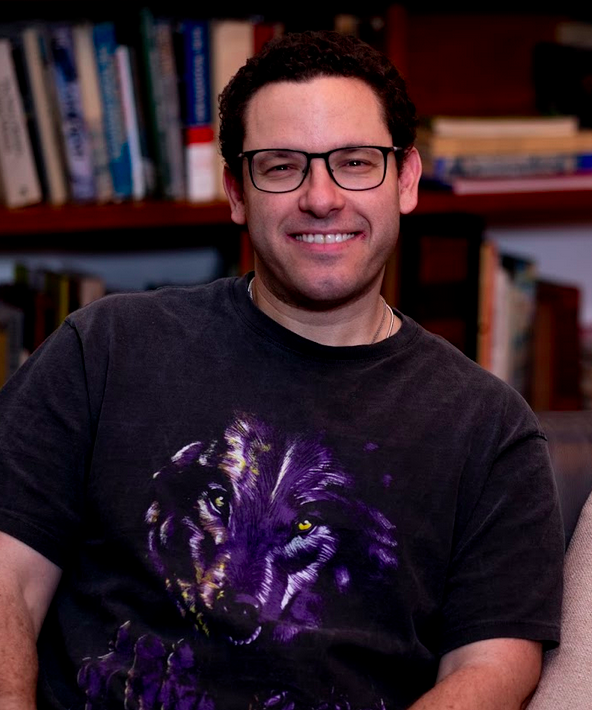
2025 Millionaire Media, LLCRobinhood might be the first option that comes up on Google when you’re looking for low-priced brokers.
But remember: Robinhood isn’t your only option for day trading.
I don’t need to go into all of the dangers of low-fee brokers in this post because I’ve already talked about it in other posts — like this one.
But I’ll tell you it’s not random that I don’t work with Robinhood.
I work with E-Trade and Interactive Brokers. No, I’m not paid by them to tell you that — I’m just telling you the truth. Both are huge companies. And in an industry of schemers, I feel like my money is safer with them.
I stay FAR AWAY from offshore accounts, hedge fund brokers, prop firms, startup brokers … it’s too risky.
The brokers I use aren’t perfect. Honestly, no broker is perfect. For example, Interactive Brokers sometimes has terrible customer service.
But they make up for it because, in my opinion, they’re the best for shorting stocks under $2 per share.
For stocks over $2 per share, I use E-trade. They’re great for that … But my biggest complaint is that I have students from all over the world, and E-trade isn’t widely available.
Trading Challenge
Remember: a broker is your vehicle for trades, but you’re in the driver’s seat.
What I’m getting at is this — no matter how great your broker is, you’ve gotta know what you’re doing if you want to make intelligent trades.
Looking to learn the mechanics of the penny stock market? Consider joining my Trading Challenge.
My goal is to help you become a self-sufficient trader. It’s not about hot tips. It’s about learning how the market trades so that you can pounce on opportunities in any market climate.
Videos, webinars, live trading … these are just a few of the perks.
I also trade with a small account so I can help my students learn from EVERY trade I execute … You can check out every trade I make here.
Ready to learn how trading works and master the patterns that can help you take advantage of opportunities? Apply for my Trading Challenge today.
Frequently Asked Questions About Robinhood Day Trading
What is Robinhood Day Trading?
Robinhood is an online broker made popular by branding itself as commission-free. Day trading is opening and closing a trade on the same day. Robinhood is notoriously bad at executions. Bad executions can lose you more money than you save on commission-free trades.
Is Day Trading Illegal?
No, but there are restrictions on accounts below $25,000.
Can I make money on Robinhood?
The short answer is, yes. But I’m very public about my opinion of Robinhood: it sucks. Whether or not you make money day trading has more to do with your education and experience than which broker you use.
Is Robinhood good for beginners?
Robinhood is popular with beginners. But that doesn’t make it good for beginners. Three reasons to avoid Robinhood: 1.) bad execution, 2.) terrible customer service, and 3.) you can’t trade OTC stocks. Enough said.
The Final Word on Day Trading on Robinhood
Think you’re gonna save money by trading on a commission-free platform like Robinhood? You might wanna think again.
Yes, the up-front costs are low, and you won’t be charged a commission fee to execute trades. But that doesn’t mean that Robinhood is completely without fees and restrictions.
As you can see from this post, you get what you pay for with Robinhood … You might not have to pay commissions, but you might have to pay in other ways. Poor order execution and crappy customer service — ask yourself if it’s worth it.
Tell me what you think. I love to hear from my readers. Leave a comment!
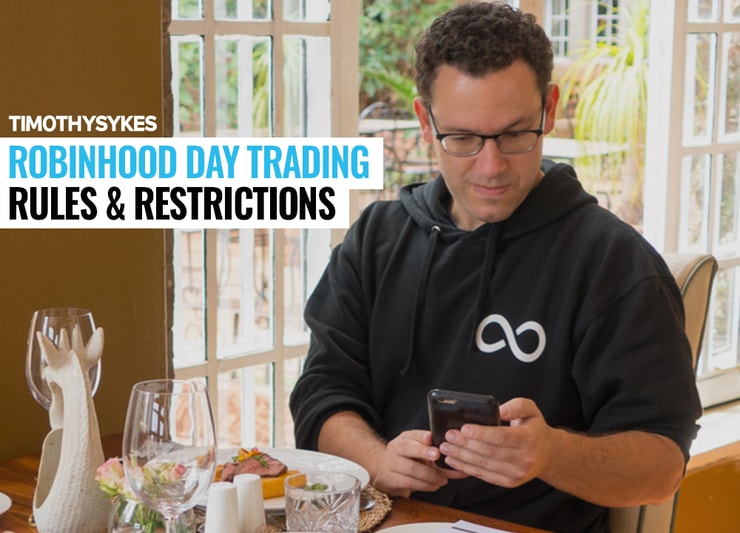
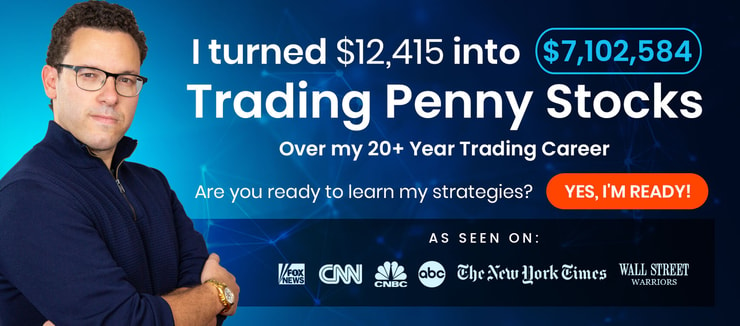

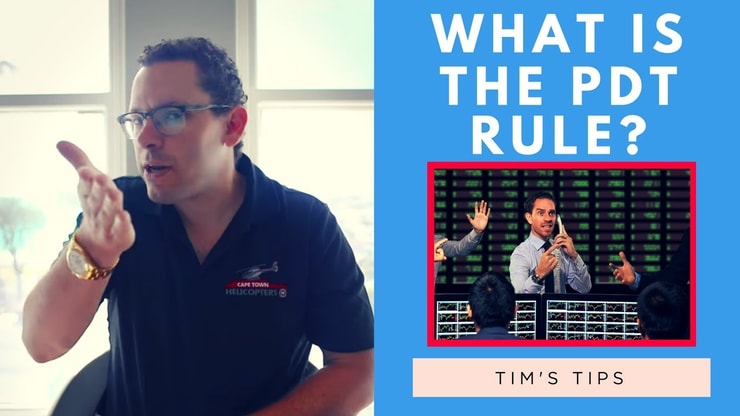
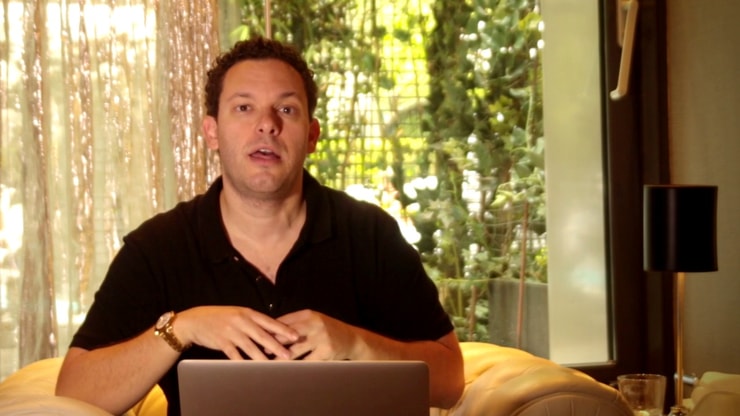

Leave a reply